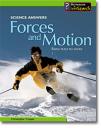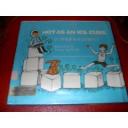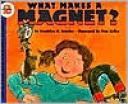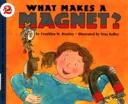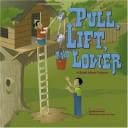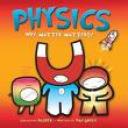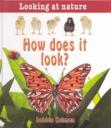Science Answers Froces and Motion From Push to Shove written by Christopher Cooper, illustrated by Jeff Edwards
This book gives great explanations about force and motion, and students can relate to the modern day real life examples and photographs.
Have your students ever wondered “How Can You Make Objects Move Faster and Slower?” or “Why do Things Float?”. Science Answers Forces and Motion From Push to Shove answers these questions and many more. It contains information on force, motion, and pressure. “The muscles of your body are exerting a force, and the object being pushed or pulled is responding to that force.” It has a glossary in the back for the different terms used throughout the book, and it contains different experiments throughout that help illustrate different laws of motion. It also contains a page on “Amazing Facts” such as “The greatest amount of controlled force produced by humans is developed by the space shuttle. At launch, two solid-fuel booster rockets generate about 1,543 tons of thrust each.” The page on “People Who Found the Answers” gives a little more information about Archimedes of Syracuse and Isaac Newton.
Curriculum Connections
Science Answers Forces and Motion From Push to Shove is a great resource for teaching motion and force. It helps students understand that motion is described by an object’s direction and speed, forces cause change in motion, and friction is a force that opposes motion. It is connected to VA SOL Force, Motion, and Energy 4.2. The student will investigate and understand characteristics and interaction of moving objects
Additional Resources
- For a lesson plan on forces and motion check out Rules of Forces and Motion.
- Students can explore forces and motion using the webquest I Like to Move It, Move It.
- Give your students the Force and Motion worksheet for vocabulary knowledge.
- Gravity is a song you can learn and sing with your students to teach the understanding of gravity.
- Raceway for Science and The Marble Challenge are a couple of activities for force and motion.
Book: Science Answers Forces and Motion From Push to Shove
Author: Christopher Cooper
Illustrator: Jeff Edwards
Publisher: Heinemann Library
Publication Date: 2004
Pages: 29 pages
Grade Range: 3-6
ISBN: 9781403435484

